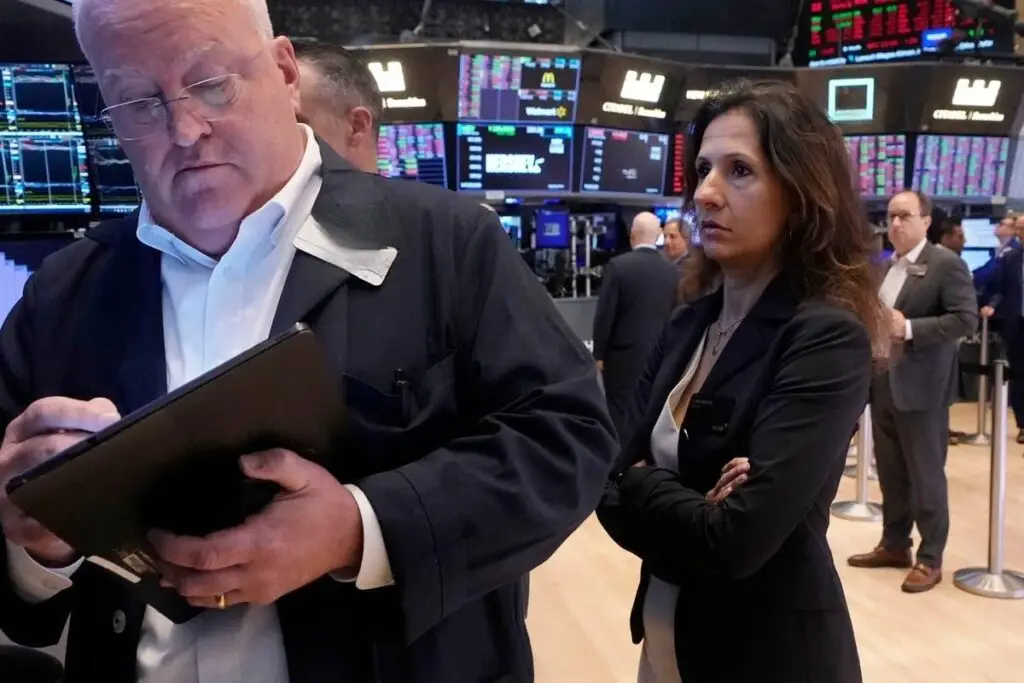This week saw global markets experience significant turbulence. A market strategy known as the ‘carry trade’ is partly to blame for the mayhem.
Markets recovered much of their losses on Tuesday, but the damage from the sudden drops lingers. Traders and investors are now evaluating the impacts of these events.
Understanding Carry Trades
Carry trades involve borrowing at low interest rates in one currency to invest in another currency with higher returns. One recent example saw investors borrowing Japanese yen to invest in U.S. stocks and Treasury bonds.
Market Impact
Japan’s Nikkei 225 index plunged by 12.4% on Monday. Markets in Europe and North America also saw significant losses. This was due to traders selling off stocks to cover increasing risks from investments financed using low-cost borrowed funds from Japan.
The sell-off was driven by fears of a recession in the United States, combined with concerns over overvalued tech shares. The rush to sell US dollars, which had been driven up by carry trades, further exacerbated the declines.
Interest Rates and Currency Value
The Bank of Japan has kept interest rates at or near zero for years. Last week, it raised its main interest rate, which boosted the yen’s value against the U.S. dollar.
Traders scrambled to sell higher-risk, dollar-denominated assets as borrowing costs surged. Losses from foreign exchange rates and declining asset values compounded the situation.
Hedge funds using carry trades and computer models to manage risk had to sell shares quickly to maintain acceptable risk profiles.
The Mechanics of Carry Trades
Carry trades work best when exchange rates are stable and investors can find higher-yielding opportunities. They benefit significantly when stocks or other investments are rising.
However, when markets become volatile, traders must cover their debts, often leading to large sell-offs in high-risk assets.
Stephen Innes of SPI Asset Management noted, ‘A massive global carry trade unwind was the spark that lit the fuse for this market Armageddon.’ He explained that sell-offs increase realized volatility, creating a vicious cycle.
Historical Context
Carry trades have a long history and were pivotal during the 2007-2008 financial crisis in Iceland. Investors borrowed in yen or Swiss francs to exploit high Icelandic interest rates.
During this latest market turmoil, Mexico saw its peso fall over 6%, highlighting how carry trades can impact various markets.
This strategy remains a significant factor for investors, especially during volatile periods, due to its complexity and potential profitability.
Analysts’ Perspectives
Financial markets appeared calmer on Tuesday. Japan’s Nikkei 225 gained 10.2%, and other markets saw improvements.
Analysts are split on whether this volatility is over or if more turbulence awaits. Some suggest a period of adjustment, while others foresee ongoing instability.
Future Considerations
The interest rate gap between Japan and the United States is expected to narrow as the Federal Reserve cuts rates and Japan raises theirs.
Carry trades will continue to be a wildcard in global markets, particularly in times of high volatility. Investors must remain vigilant regarding interest rate trends and market conditions.
In conclusion, carry trades were a significant factor in last week’s market turbulence. As interest rates shift, the impact of these trades will continue to influence global markets.
Investors should closely monitor economic trends and remain cautious, given the potential for sudden market swings driven by carry trade activities.


